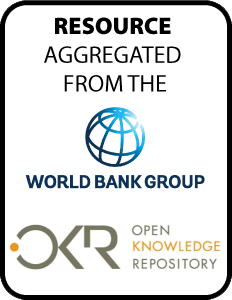Resource information
Cities are vulnerable to many types of
shocks and stresses, including natural hazards like storms
and sea level rise, but also man-made ones like economic
transformation and rapid urbanization. These shocks and
stresses have the potential to bring cities to a halt and
reverse years of socio-economic development gains. Cities
that are to grow and thrive in the future must take steps to
address these shocks and stresses. Simply put, a resilient
city is one that can adapt to these types of changing
conditions and withstand shocks while still providing
essential services to its residents. A resilient city can
keep moving toward its long-term goals despite the
challenges it meets along the way. In February 2015, a team
of specialists from the World Bank Group worked with
government officials, experts and stakeholders in Addis
Ababa to identify the priority actions and investments that
will enhance the city’s resilience to these current and
future challenges. They explored options to transform
planned or aspirational projects into initiatives that will
also enhance the city’s resilience. As the largest city in
Ethiopia and one of the fastest growing cities in Africa,
Addis Ababa plays an important role in promoting the
well-being of the country and economic prosperity in the
region. For Addis Ababa, efforts to promote greater
resilience must be closely aligned with the city’s vision to
be a safe and livable city, ensure the national goal of
becoming a middle-income country by 2025, and become
Africa’s diplomatic capital.


